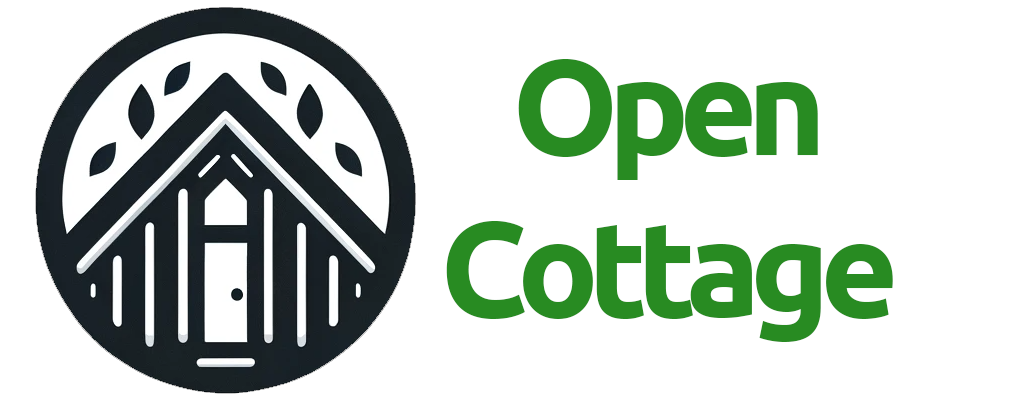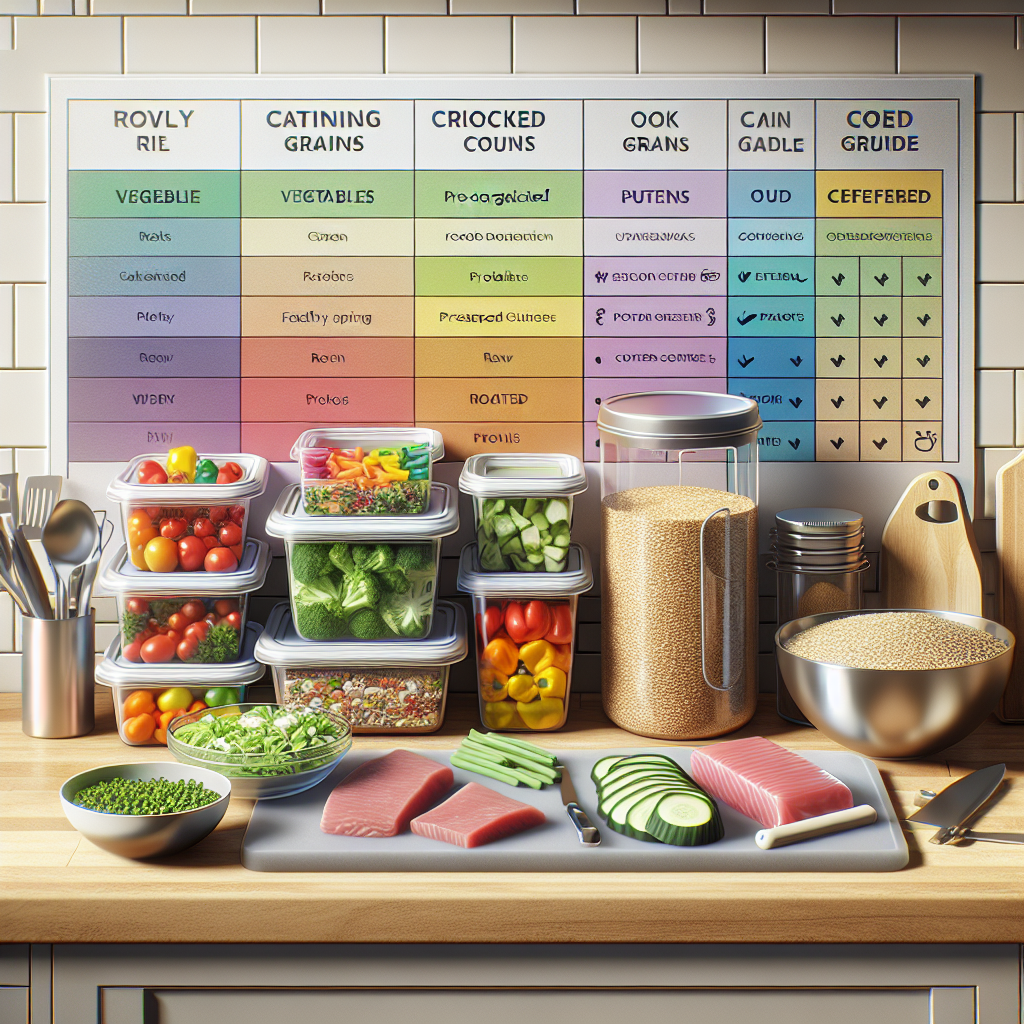In recent years, meal prepping has gained popularity as a strategy to save time, reduce food waste, and promote healthy eating. However, one of the often-overlooked advantages of meal prepping is its significant impact on food safety. By planning and preparing meals in advance, individuals can minimize the risk of foodborne illnesses and ensure their meals are safe to consume. Here’s how meal prepping can enhance food safety and some best practices to follow.
1. Reduced Risk of Contamination
One of the primary benefits of meal prepping is the reduced risk of food contamination. When you prepare meals in advance, you control the cooking environment, ensuring that all surfaces and utensils are clean. This step is crucial in minimizing cross-contamination—a leading cause of foodborne illnesses.
- Tip: Always sanitize your countertops, cutting boards, and utensils before and after meal prep. Use separate cutting boards for raw meats and vegetables.
2. Proper Cooking and Cooling Techniques
Meal prepping encourages proper cooking techniques, which are essential for food safety. Cooking food to the right temperature kills harmful bacteria.
- Tip: Use a meat thermometer to ensure that meats reach their safe cooking temperatures:
- Poultry: 165°F
- Ground meats: 160°F
- Whole cuts of meat: 145°F
Moreover, once the food is cooked, cooling it down quickly is crucial to prevent bacteria from proliferating. Meal prepping allows you to portion out meals into smaller containers, which cool more rapidly.
3. Controlled Storage Practices
By preparing meals for the week, you can properly store them to maintain safety and freshness. Proper storage is vital; food should be stored in airtight containers to prevent spoilage and contamination.
- Tip: Label containers with dates so you can easily track how long meals have been stored. Generally, cooked meals can be refrigerated for up to four days.
4. Portion Control and Reduced Waste
Meal prepping promotes portion control, which not only helps with diet management but also aids in food safety. Ordering takeout or eating leftovers frequently can lead to improperly stored food, increasing the chances of spoilage.
By preparing only what you need for a given period, you can use ingredients while they’re fresh, minimizing waste and the potential for foodborne illnesses associated with spoiled or outdated food.
5. Increased Nutrition Awareness
Meal prepping often involves planning meals that are nutritious and balanced. When you take the time to plan, you’re more likely to include a variety of food groups—fruits, vegetables, grains, and proteins—all of which contribute to overall health and wellness.
Maintaining good health through a balanced diet can support a robust immune system, thereby providing better resistance against foodborne pathogens.
6. Emergency Preparedness
Meal prepping can also serve as a level of preparedness for emergencies. Whether it’s a natural disaster or an unexpected event, having meals ready can reduce the need for eating out, which often poses food safety risks.
- Tip: Consider freezing some meals in advance, so you have safe options available when you may not have access to a kitchen or during stressful times.
Conclusion
Meal prepping is more than just a trend; it is a practical approach to ensuring food safety. By reducing the risk of contamination, employing proper cooking and cooling methods, controlling storage, promoting portion control, increasing nutrition awareness, and enhancing emergency preparedness, meal prepping stands out as a valuable practice for anyone looking to improve their overall health and safety in the kitchen.
Embrace the art of meal prepping not only for convenience and health but also as a shield against foodborne illnesses. With just a little planning, you can keep your meals delicious, nutritious, and safe. Happy prepping!

